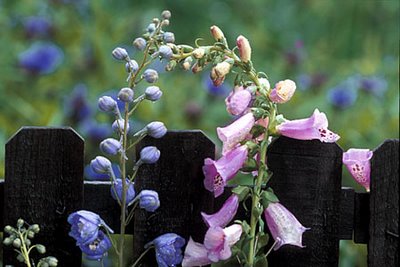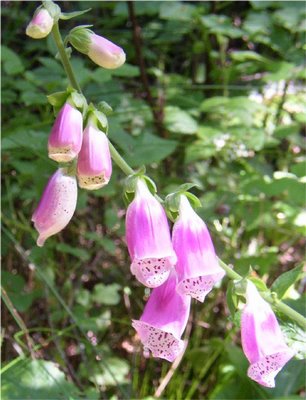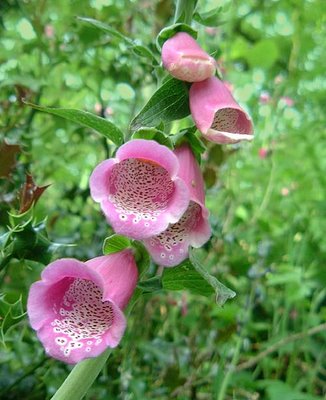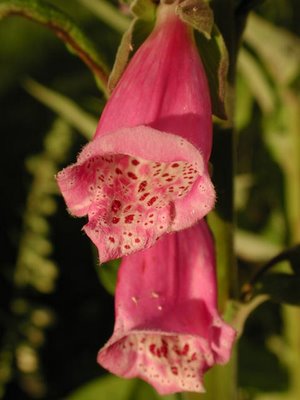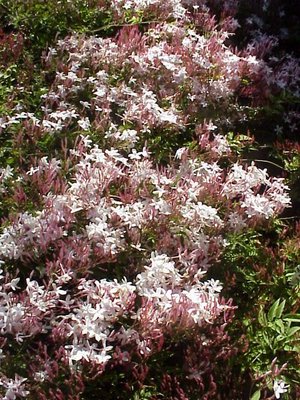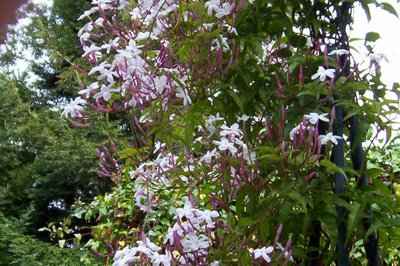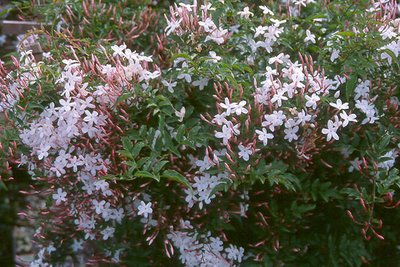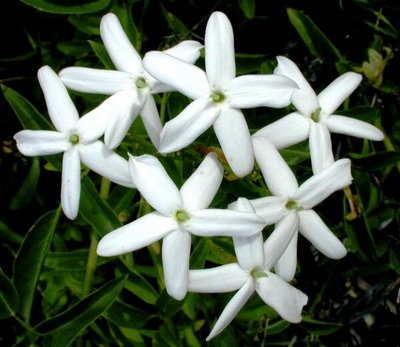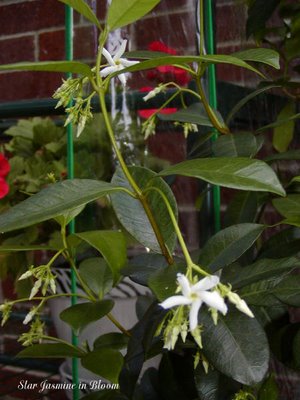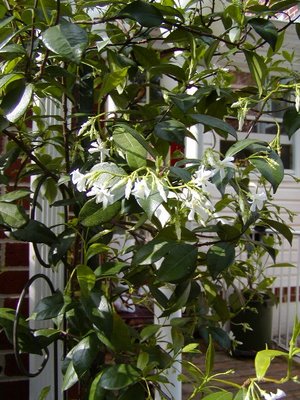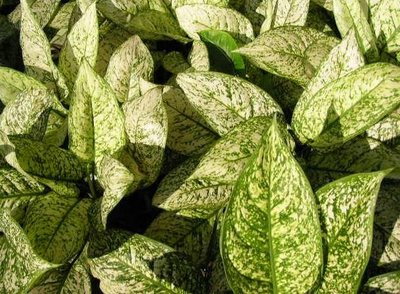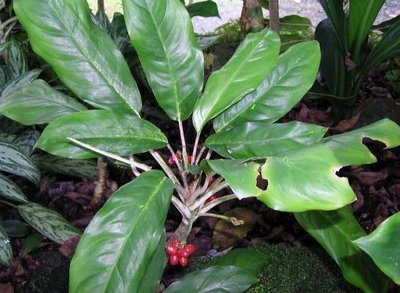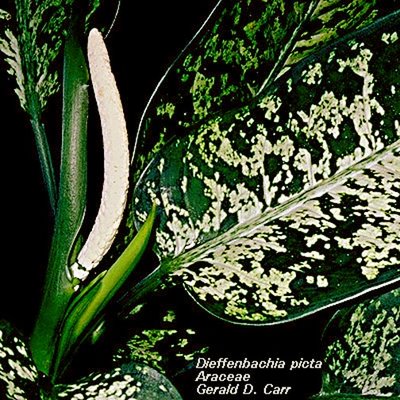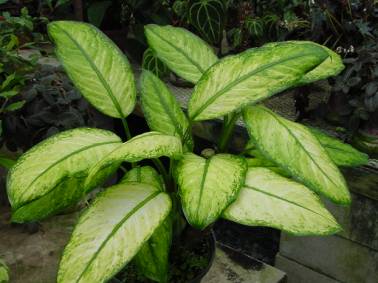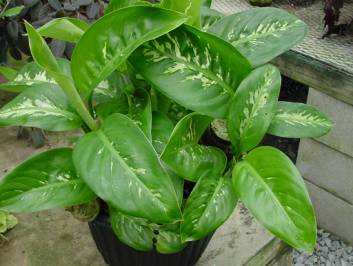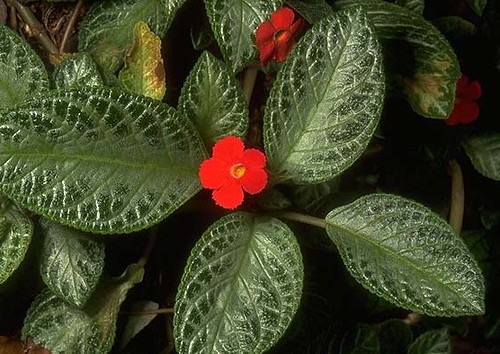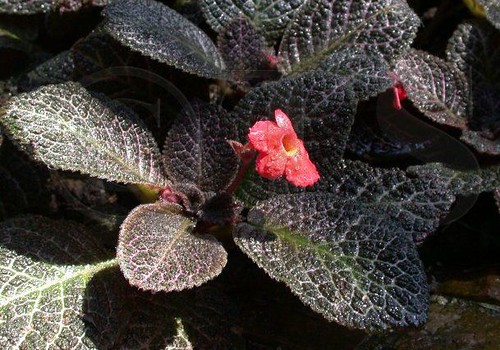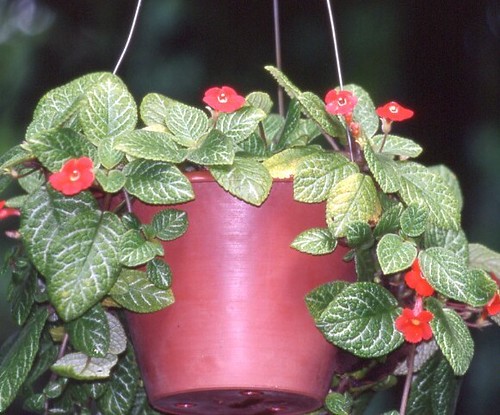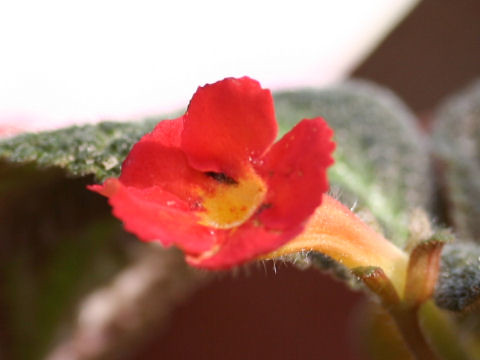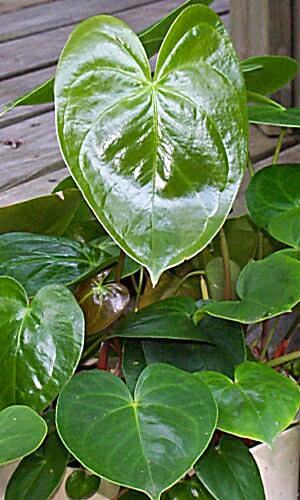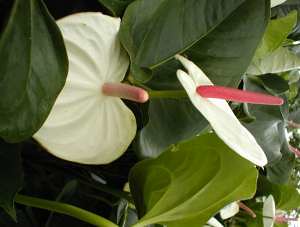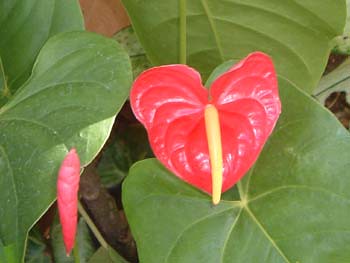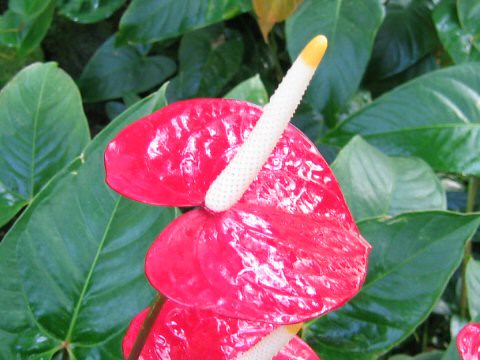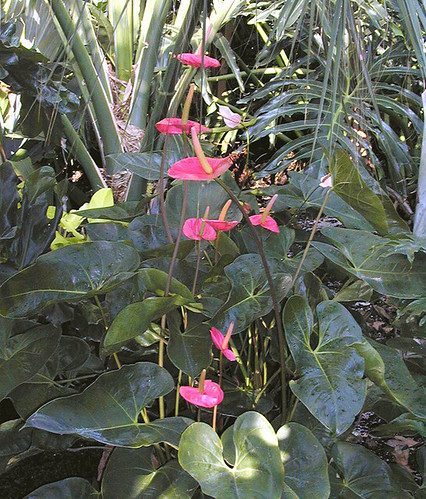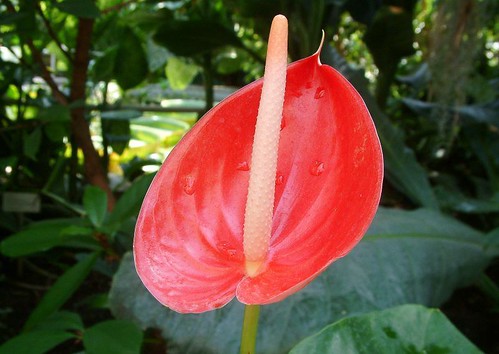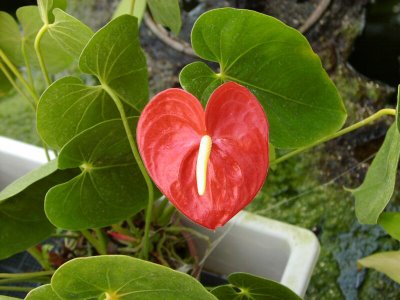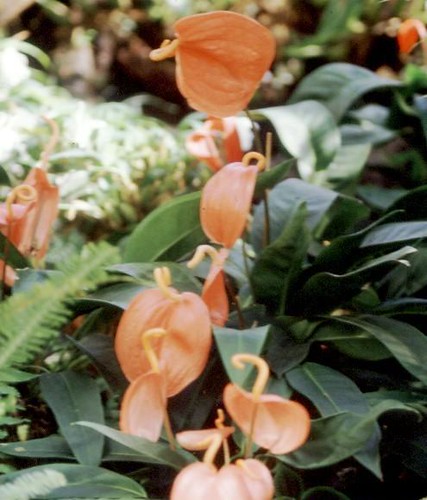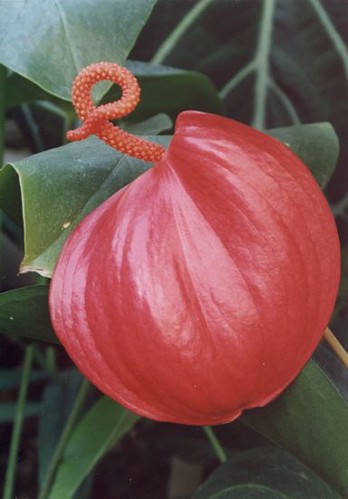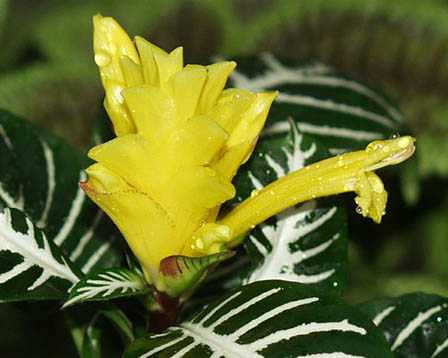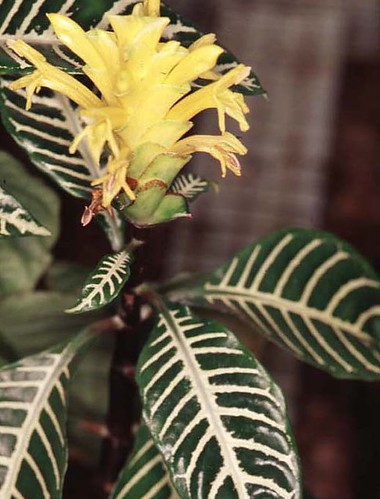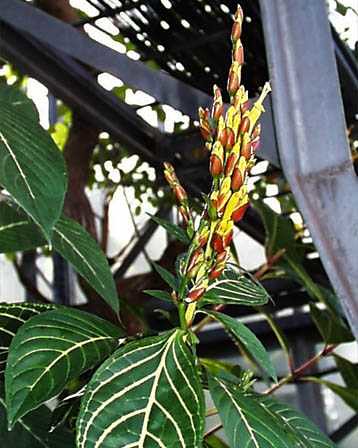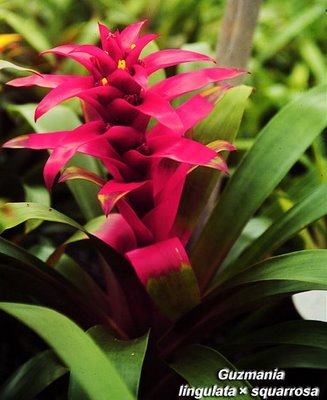Cultivation and Uses of Foxglove
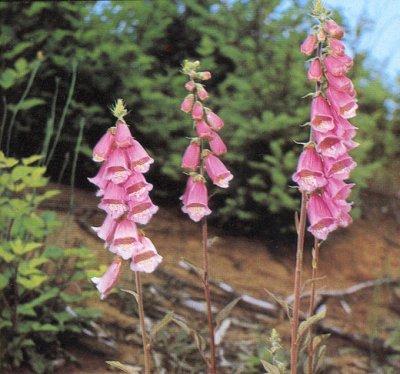
Common Name: Purple Foxglove
Scientific Name: Digitalis purpurea
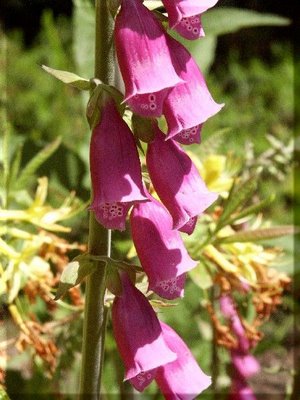
Cultivation The Foxglove is cultivated to provide a drug of uniform activity from a true type of Digitalis purpurea. It is absolutely necessary to have the true medicinal seeds to supply the drug market: crops must be obtained from carefully selected wild seed and all variations from the new type struck out.
The plant will flourish best in welldrained loose soil, preferably of siliceous origin, with some slight shade. The plants growing in sunny situations possess the active qualities of the herb in a much greater degree than those shaded by trees, and it has been proved that those grown on a hot, sunny bank, protected by a wood, give the best results.
It grows best when allowed to seed itself, but if it is desired to raise it by sown seed, 2 lb. of seed to the acre are required. As the seeds are so small and light, they should be mixed with fine sand in order to ensure even distribution. They should be thinly covered with soil. The seeds are uncertain in germination, but the seedlings may be readily and safely transplanted in damp weather, and should be pricked out to 6 to 9 inches apart. Sown in spring, the plant will not blossom till the following year. Seeds must be gathered as soon as ripe. The flowers of the true medicinal type must be pure, dull pink or magenta, not pale-coloured, white or spotted externally.
It is estimated that one acre of good soil will grow at least two tons of the Foxglove foliage, producing about 1/2 ton of the dried leaves.
Toxicity
Many of the common names of this plant pertain to its toxic nature (Witches' glove, Dead Man's Bells, Bloody Fingers). Foxglove belongs to the Figwort family (Scrophulariaceae) and the whole plant is toxic. It contains various cardiac glycosides. Symptoms include dizziness, vomiting, irregular heart beat, and delerium or halucinations.
Digitonin is a Digitalis drug derived from D. purpurea. It is used in modern medicine to increase the force of the systolic contractions and prolong duration of the diastolic phase in congestive heart failure. Digitalis drugs lower venous pressure in hypersensetive heart ailments, elevate blood pressure in a weak heart act as a diuretic, and reduce edema. However, the theraputic dose is dangerously close to the lethal dose. Historically, Foxglove was employed by herbalists for a variety of purposes, fom an ointment used for cleansing wounds and reducing swelling to boiling it and using it as an expectorant.
There are a number of plants containing glycosides (including Lily of the Valley), which are toxic to a wide range of animals including humans.

Medicinal Uses Digitalis has been used from early times in heart cases. It increases the activity of all forms of muscle tissue, but more especially that of the heart and arterioles, the all-important property of the drug being its action on the circulation. The first consequence of its absorption is a contraction of the heart and arteries, causing a very high rise in the blood pressure.
After the taking of a moderate dose, the pulse is markedly slowed. Digitalis also causes an irregular pulse to become regular. Added to the greater force of cardiac contraction is a permanent tonic contraction of the organ, so that its internal capacity is reduced, which is a beneficial effect in cases of cardiac dilatation, and it improves the nutrition of the heart by increasing the amount of blood.
In ordinary conditions it takes about twelve hours or more before its effects on the heart muscle is appreciated, and it must thus always be combined with other remedies to tide the patient over this period and never prescribed in large doses at first, as some patients are unable to take it, the drug being apt to cause considerable digestive disturbances, varying in different cases. This action is probably due to the Digitonin, an undesirable constituent.
The action of the drug on the kidneys is of importance only second to its action on the circulation. In small or moderate doses, it is a powerful diuretic and a valuable remedy in dropsy, especially when this is connected with affections of the heart.
It has also been employed in the treatment of internal haemorrhage, in inflammatory diseases, in delirium tremens, in epilepsy, in acute mania and various other diseases, with real or supposed benefits.
The action of Digitalis in all the forms in which it is administered should be carefully watched, and when given over a prolonged period it should be employed with caution, as it is liable to accumulate in the system and to manifest its presence all at once by its poisonous action, indicated by the pulse becoming irregular, the blood-pressure low and gastro-intestinal irritation setting in. The constant use of Digitalis, also, by increasing the activity of the heart, leads to hypertrophy of that organ.
Digitalis is an excellent antidote in Aconite poisoning, given as a hypodermic injection.
When Digitalis fails to act on the heart as desired, Lily-of-the-Valley may be substituted and will often be found of service.
In large doses, the action of Digitalis on the circulation will cause various cerebral symptoms, such as seeing all objects blue, and various other disturbances of the special senses. In cases of poisoning by Digitalis, with a very slow and irregular pulse, the administration of Atropine is generally all that is necessary. In the more severe cases, with the very rapid heart-beat, the stomach pump must be used, and drugs may be used which depress and diminish the irritability of the heart, such as chloral and chloroform.
Digitalis is poisonous, and symptoms include vomiting, headache, irregular heartbeat, and convulsions . Overdoses can be fatal.

Penstemon digitalis - Foxglove Beardtongue
Bloom: white, June
Occurrence: meadows, medium to wet soils, full sun
Habit: perennial with showy seed heads and beautiful winter foliage, up to 4’ tall
Animals: bumblebees are the main pollinators, hummingbirds will visit
Availability: seed, seedling flats, bare root, pots





